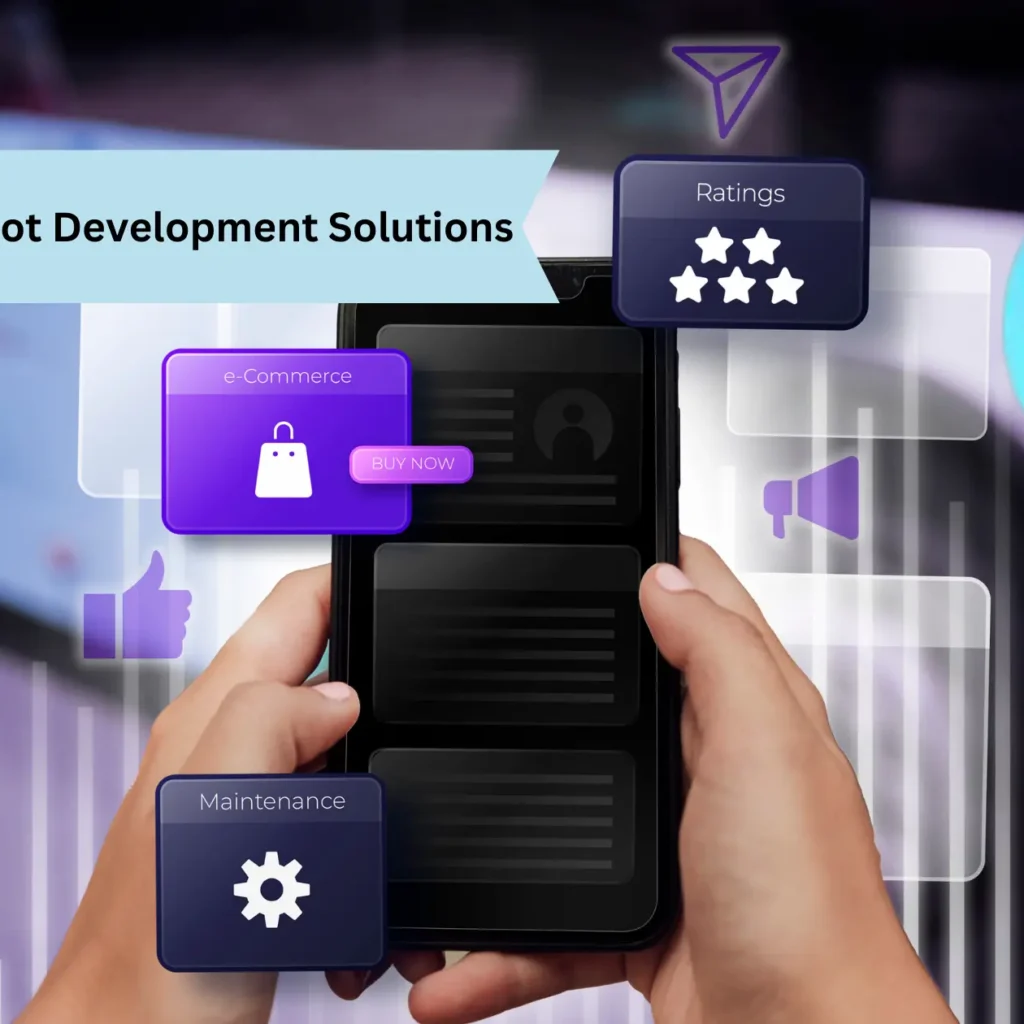Enterprise Chatbot Development Solutions: Revolutionizing Business Interactions

In the age of digital transformation, enterprises constantly seek innovative solutions to enhance customer engagement, streamline operations, and improve efficiency. Among these, enterprise chatbot development solutions stand out as game-changing tools. With their ability to automate tasks, provide personalized experiences, and ensure 24/7 availability, chatbots are reshaping how businesses operate and interact with stakeholders. This […]
